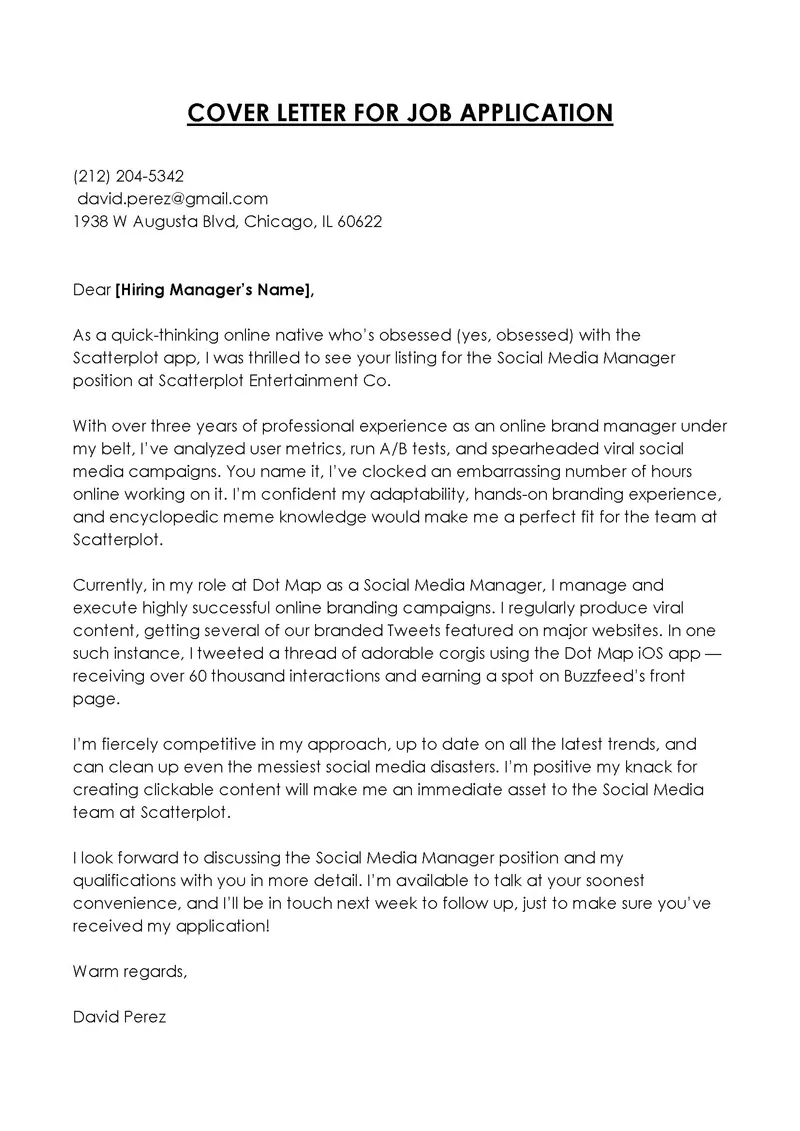What is a Cover Letter
A cover letter is a crucial document that accompanies your resume when applying for a job. It serves as your personal introduction to a potential employer, allowing you to highlight your skills, experiences, and qualifications in a more personalized and detailed way than your resume alone. It’s your chance to make a strong first impression and demonstrate why you are the ideal candidate for the specific role. Think of it as the opening statement of your job application, setting the stage for the rest of your application materials. A well-crafted cover letter can significantly increase your chances of getting an interview.
Why Cover Letters Matter
In today’s competitive job market, a cover letter can be the differentiating factor that sets you apart. It allows you to showcase your personality, enthusiasm, and writing skills, none of which are easily conveyed through a resume. It provides an opportunity to elaborate on your accomplishments, connect them to the job requirements, and explain how your skills align with the company’s values and goals. Furthermore, it allows you to address any potential gaps in your resume or explain career transitions. Many employers, especially in professional fields, consider a cover letter essential, as it reflects your professionalism, attention to detail, and genuine interest in the position.
Cover Letter Basics
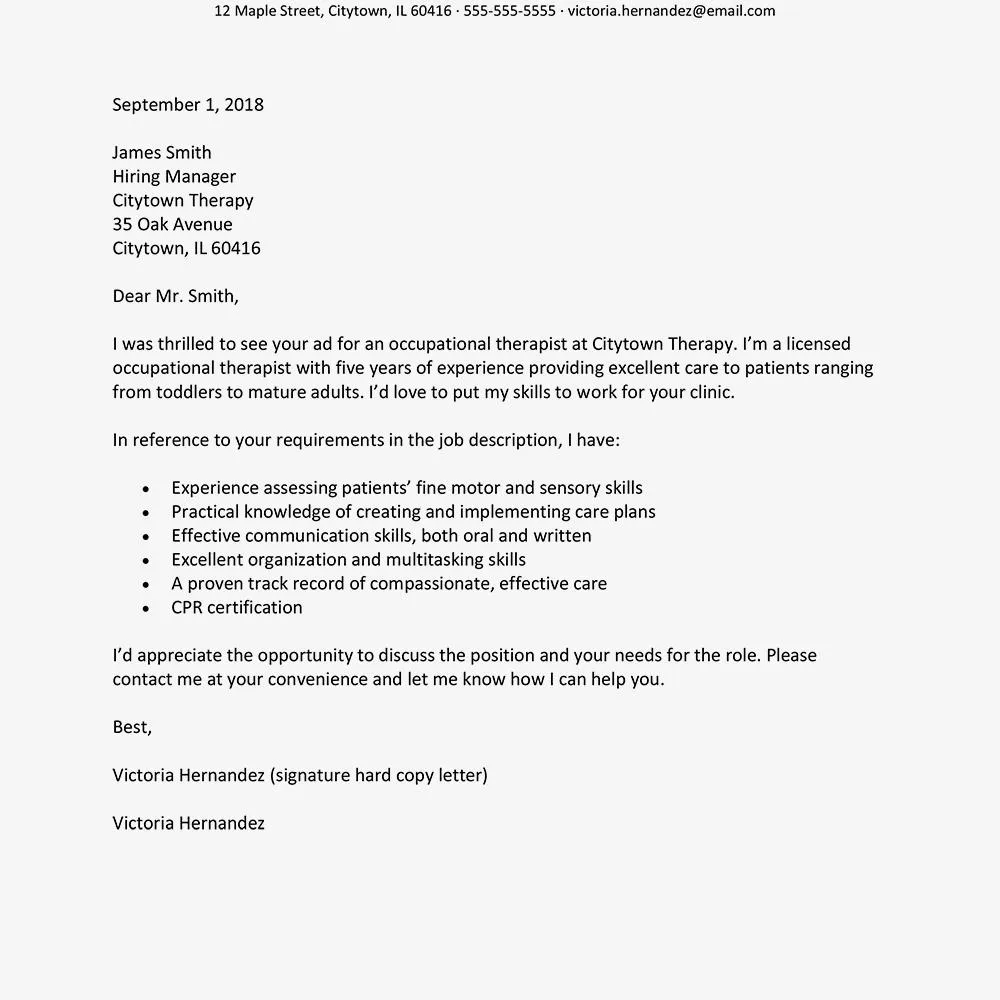
A cover letter is typically one page long, written in a professional tone, and tailored to the specific job you’re applying for. It should clearly state the position you’re seeking, summarize your most relevant qualifications, and express your interest in the company. It should be concise, well-organized, and free of errors. The overall goal is to convince the hiring manager that you have the skills and experience necessary to succeed in the role and that you are a good fit for the company’s culture. A strong cover letter complements your resume, providing additional context and making a compelling case for your candidacy.
Key Components of a Cover Letter
A well-structured cover letter comprises several essential components that work together to create a persuasive narrative. Each section plays a vital role in highlighting your qualifications and demonstrating your interest in the position. The organization and content of these parts should be carefully considered to maximize your impact and capture the reader’s attention. Here’s a breakdown of the critical elements that every cover letter should include to be effective.
Contact Information
Start your cover letter with your contact information, including your full name, phone number, email address, and optionally, your LinkedIn profile URL. This should be at the top, either on the left or right side of the page. Make sure this information is accurate and up-to-date. If you’re sending a physical letter, include your mailing address as well. This allows the hiring manager to easily contact you if they are interested in scheduling an interview or require any further information. Professionalism begins with these basics.
Greeting
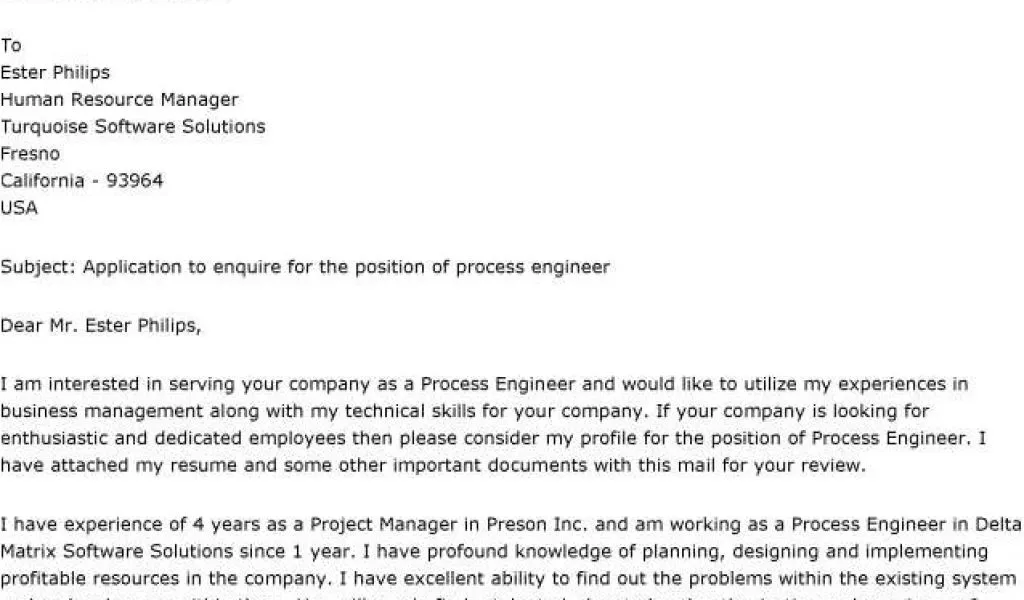
Address the hiring manager or the specific person mentioned in the job posting whenever possible. Research the company website or LinkedIn to find the correct name and title. If you are unable to find a specific contact, use a general greeting like “Dear Hiring Manager.” Avoid generic greetings like “To Whom It May Concern,” as they can make your letter seem impersonal. Addressing the letter to a specific person shows that you have taken the time to do your research and are genuinely interested in the opportunity.
Opening Paragraph
The opening paragraph is your opportunity to immediately grab the reader’s attention. State the position you are applying for and briefly mention where you found the job posting. In this paragraph, express your enthusiasm for the role and the company. You might also include a brief statement about why you are a good fit, highlighting a key skill or experience that aligns with the job’s requirements. Your opening paragraph is essentially your elevator pitch, so make it concise and compelling.
Body Paragraphs
The body paragraphs are where you elaborate on your qualifications and skills. Use these paragraphs to showcase your relevant experiences and explain how they align with the job description. Each paragraph should focus on a specific skill or accomplishment, providing concrete examples to support your claims. Use action verbs to describe your responsibilities and achievements. The body paragraphs are your chance to demonstrate your value to the company, so be clear, concise, and compelling.
Highlight Relevant Skills and Experiences

Carefully review the job description and identify the key skills and experiences that the employer is seeking. Then, in your body paragraphs, highlight your own skills and experiences that align with those requirements. Provide specific examples of how you have successfully used these skills in the past. For instance, if the job requires project management experience, describe a project you managed, the challenges you faced, and the successful outcomes you achieved.
Quantify Achievements
Whenever possible, quantify your achievements to demonstrate your impact. Instead of saying you “increased sales,” state the percentage increase or the specific dollar amount. Similarly, if you streamlined a process, mention the amount of time or resources you saved. Using numbers makes your accomplishments more tangible and provides concrete evidence of your value. The more data you provide, the more effective your letter will be.
Tailor to the Job Description
Always tailor your cover letter to the specific job you’re applying for. Avoid using a generic template. Read the job description carefully and identify the keywords, skills, and qualifications the employer is seeking. Then, use those keywords and tailor your letter to emphasize your experience and abilities that align with the specific requirements of the role. This shows that you have a genuine interest in the position and have taken the time to understand the company’s needs.
Closing Paragraph
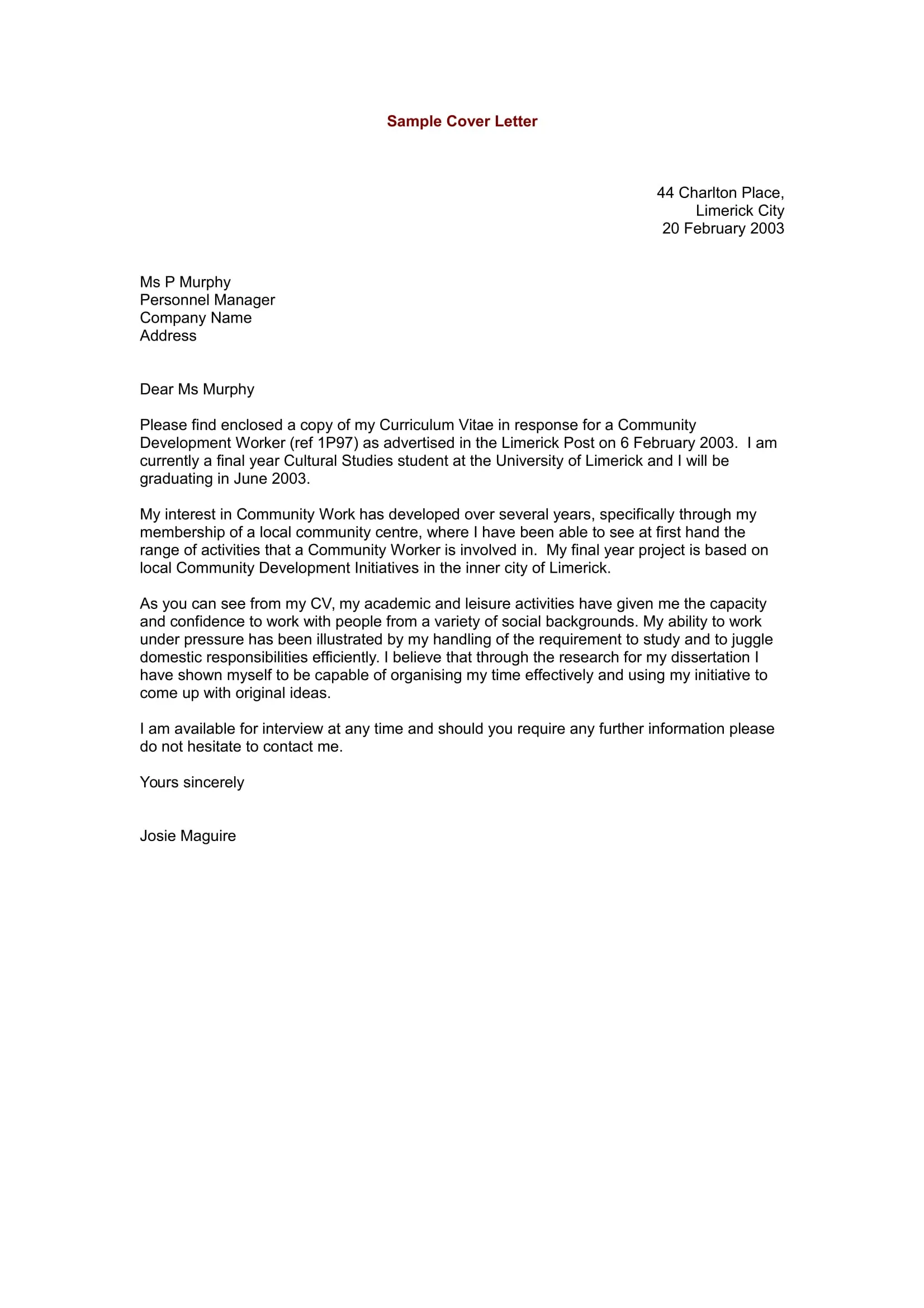
The closing paragraph should reiterate your interest in the position and the company. Briefly summarize your key qualifications and express your enthusiasm for the opportunity to discuss your application further. Thank the hiring manager for their time and consideration. This is a final opportunity to leave a positive impression and reinforce your candidacy.
Call to Action
Include a clear call to action in your closing paragraph. State your willingness to be contacted for an interview and provide your contact information again, just to make it easy for the hiring manager. Consider including a phrase like, “I am eager to discuss my qualifications in an interview and can be reached at [phone number] or [email address].” A clear call to action demonstrates your proactiveness.
Professional Closing
Use a professional closing, such as “Sincerely,” “Respectfully,” or “Best regards.” Avoid overly casual closings like “Thanks” or “Cheers.” Following your closing, leave a few lines for your signature if you are sending a physical letter. If you are submitting your application electronically, type your name below the closing. This concludes the letter formally.
Formatting and Presentation
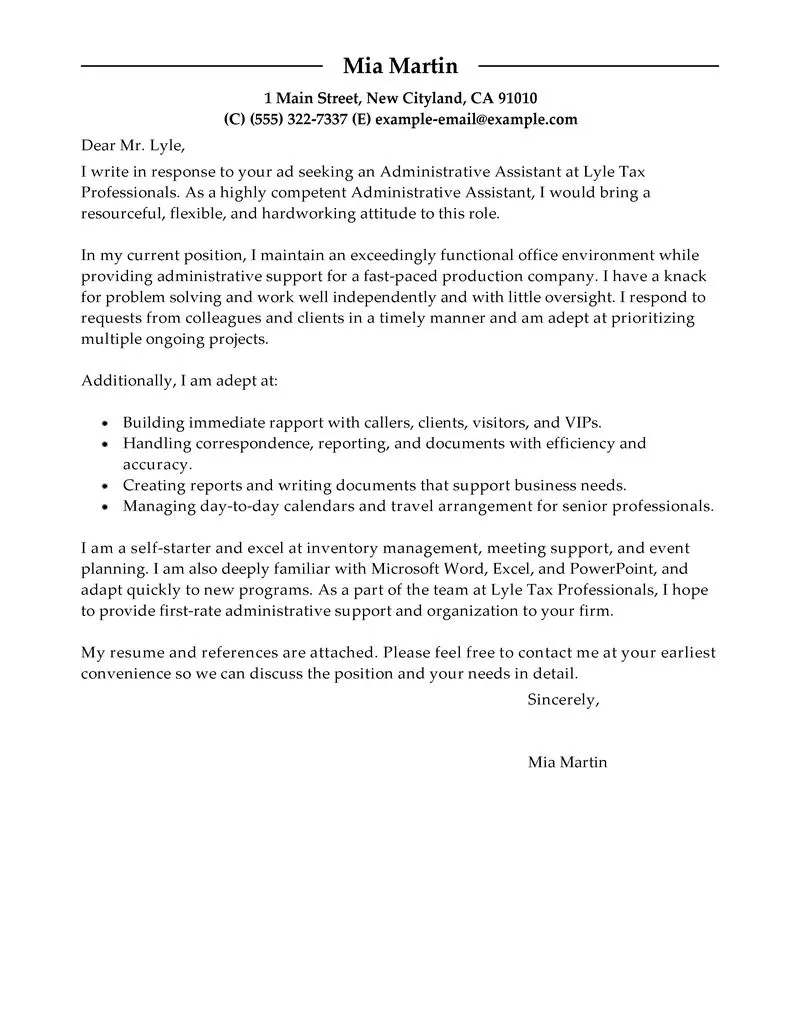
The formatting and presentation of your cover letter are as important as its content. A well-formatted letter is easy to read, professional-looking, and reflects your attention to detail. Clean formatting is crucial as it can significantly impact how the reader perceives your application. Here’s a guide to ensuring your cover letter looks its best.
Font and Style
Choose a professional and readable font, such as Times New Roman, Arial, Calibri, or Helvetica. Use a font size between 10 and 12 points for the body text, and ensure the text is easy to read. Maintain consistent formatting throughout the document, including the font style, size, and spacing. Avoid using multiple fonts or overly stylized fonts, as they can distract the reader. The overall look should be clean and uncluttered.
Length and Structure
Keep your cover letter concise and focused, ideally one page in length. Use a clear structure with well-defined paragraphs and sections. Use headings and subheadings to organize your content and make it easy for the reader to scan. Leave ample white space between paragraphs and sections to improve readability. Use left alignment and avoid justifying the text to prevent awkward spacing. Proper structure keeps the reader engaged.
Proofreading and Editing
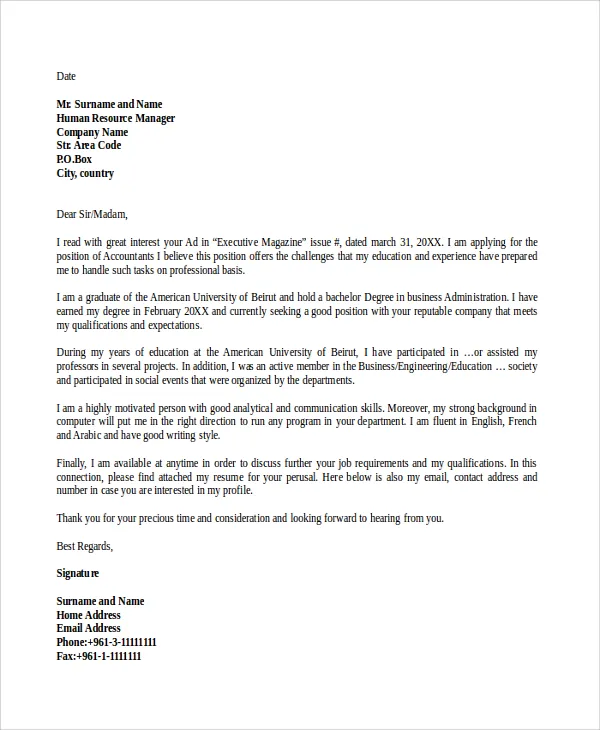
Proofread your cover letter carefully for any grammatical errors, typos, or spelling mistakes. Errors can undermine your credibility and make you appear unprofessional. Use a spell checker and grammar checker, but don’t rely on them entirely. Read your letter aloud to catch any awkward phrasing or sentences. Ask a friend, family member, or career advisor to review your letter for feedback. Proofreading is crucial for presenting a polished and professional image.
Good Examples of Cover Letters
Reviewing good examples of cover letters is an excellent way to understand best practices. It’s helpful to tailor these examples to your own needs and situation, ensuring your letter stands out. These examples can serve as templates, allowing you to adapt the structure, tone, and content to highlight your specific skills and experiences. Look at examples to clarify the nuances of writing an effective cover letter. These examples help you with various career levels.
Entry-Level Cover Letter Example
An entry-level cover letter highlights academic achievements, internships, and any relevant volunteer work or extracurricular activities. The focus is on demonstrating transferable skills and a strong work ethic. The tone is enthusiastic and reflects a willingness to learn and grow. The structure often includes a brief overview of the candidate’s academic background, a summary of relevant experiences (like internships), and a clear statement of career goals. The cover letter demonstrates that the applicant can successfully transition to a professional role.
Mid-Career Cover Letter Example
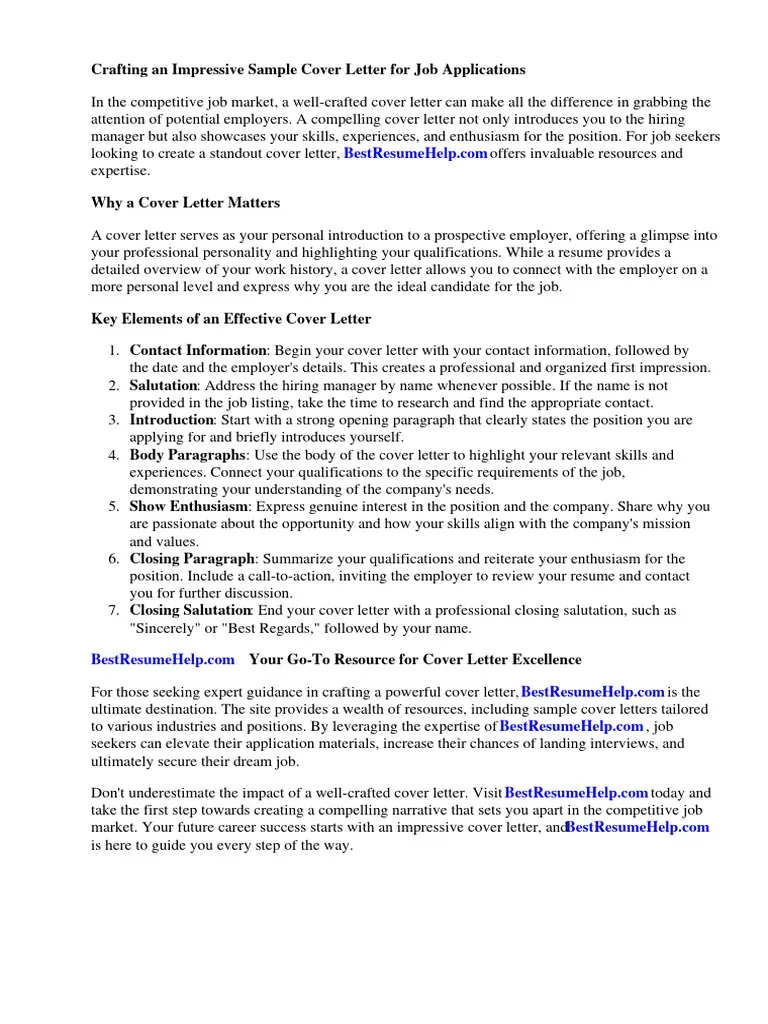
A mid-career cover letter emphasizes relevant professional experience, accomplishments, and skills gained over several years in the workforce. It showcases a candidate’s expertise, leadership abilities, and contributions to previous organizations. The tone is confident and reflects experience in the industry. This cover letter format showcases a record of achievement and career growth. It also includes a description of the applicant’s contribution to the company’s success, along with details on the applicant’s professional development.
Executive Cover Letter Example
An executive cover letter is designed to highlight a candidate’s leadership experience, strategic thinking, and significant achievements. It showcases the candidate’s ability to drive results and make a positive impact on an organization. The tone is authoritative, reflecting years of experience and the ability to take on significant responsibilities. It typically highlights strategic accomplishments. Furthermore, it offers a good overview of the applicant’s impact and accomplishments over a long period.
Common Mistakes to Avoid
Avoiding common mistakes is crucial for writing an effective cover letter. These mistakes can easily undermine your application and prevent you from getting an interview. Awareness of these pitfalls can help you to make sure your cover letter is professional and persuasive. Common mistakes can be deal-breakers when it comes to securing a job interview, so it’s important to recognize and address them.
Generic Cover Letters
One of the biggest mistakes is sending a generic cover letter that is not tailored to the specific job or company. Generic letters lack personality and fail to demonstrate your genuine interest in the role. Hiring managers can easily spot a generic letter and are likely to dismiss it. Always customize your cover letter for each job application, highlighting how your skills and experiences align with the job’s requirements and the company’s values.
Typos and Grammatical Errors
Typos and grammatical errors are a major red flag. They reflect a lack of attention to detail and can make you appear unprofessional. Always proofread your cover letter carefully and use a grammar checker. Ask a friend or career advisor to review your letter for any errors. Paying close attention to detail, especially with spelling, grammar, and punctuation, significantly boosts your chances of success.
Ignoring the Job Description
Failing to address the requirements outlined in the job description is a serious mistake. The job description provides crucial information about the skills, experience, and qualifications the employer is seeking. Your cover letter should directly address these requirements, highlighting how your skills and experience align with the role. Ignoring the job description suggests that you haven’t fully understood the position or are not a good fit.
Final Thoughts
Crafting a compelling cover letter is a critical step in your job search. By following these guidelines, you can create a cover letter that effectively showcases your qualifications, demonstrates your enthusiasm, and increases your chances of landing an interview. Remember to tailor your letter to each specific job, proofread carefully, and present a polished, professional document that highlights your skills and experiences. Your cover letter is your personal introduction to the employer, make it count!
